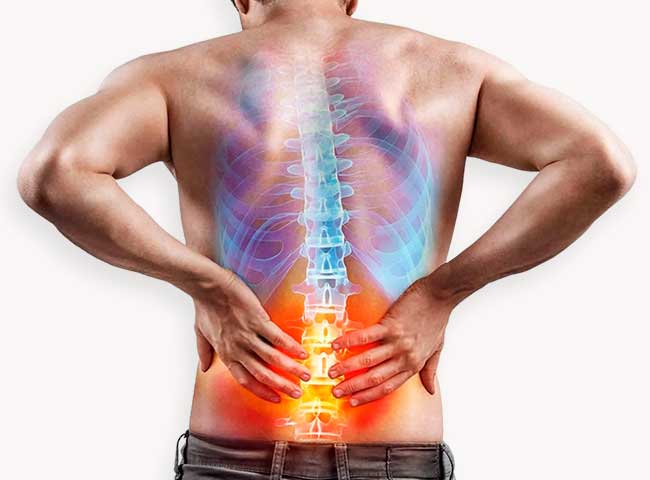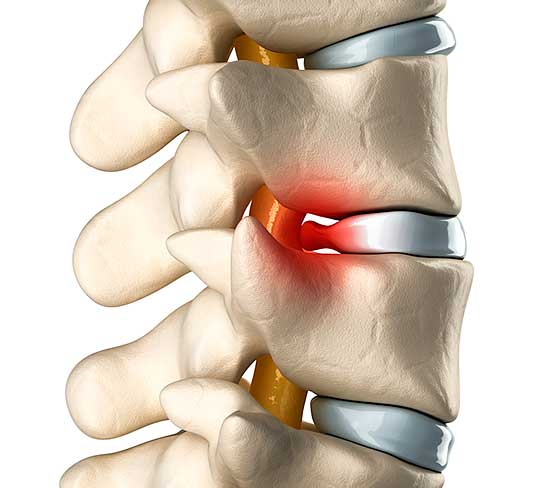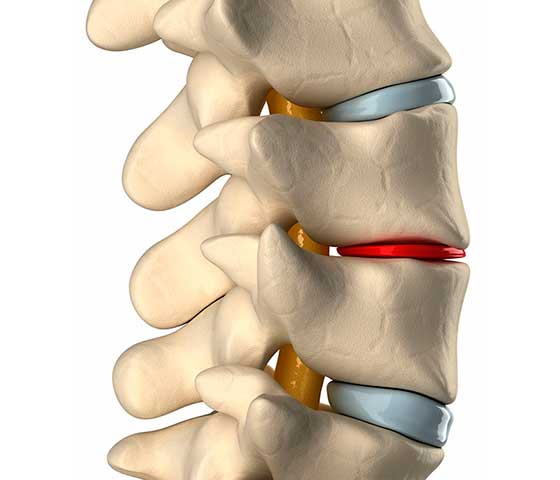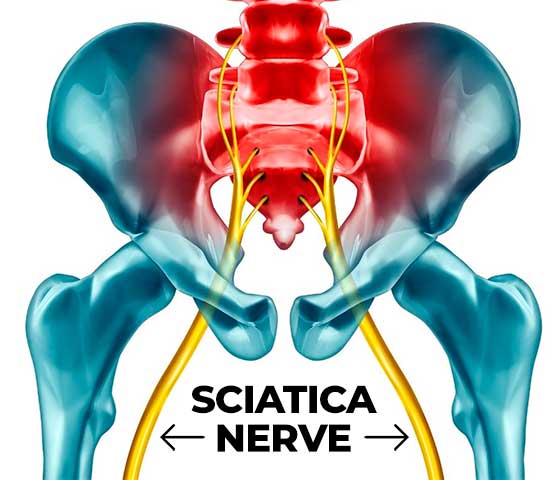Physiotherapy in Milton, Ontario
- Home
- About
- WHAT WE TREAT
- KNEE PAIN
- NECK PAIN
- PARKINSON’S DISEASE
- ARTHRITIS
- BALANCE & GAIT DISORDERS
- HIP PAIN
- SHOULDER PAIN
- LOW BACK PAIN
- AMPUTATION
- CARPAL TUNNEL SYNDROME
- CHRONIC PAIN
- DIZZINESS & VERTIGO
- CONCUSSION
- FIBROMYALGIA
- FOOT PAIN
- HEADACHE RELIEF
- LYMPHEDEMA
- SPORTS INJURY
- TMJ DYSFUNTION
- OSTEOPOROSIS
- ELBOW, WRIST & HAND PAIN
- PRE-SURGICAL PHYSIOTHERAPY
- POST SURGICAL REHABILITATION
- TOTAL HIP & KNEE REPLACEMENT
- PRE AND POST NATAL CARE/ PREGNANCY
- MOTOR VEHICLE ACCIDENTS & INJURIES
- HOW WE TREAT
- PHYSIOTHERAPY
- MASSAGE THERAPY
- PELVIC FLOOR
- SHOCKWAVE THERAPY
- CUSTOM FITTED BRACE
- CUPPING THERAPY
- DRY NEEDLING
- ELECTRICAL STIMULATION
- ERGONOMIC TRAINING
- IASTM / GRASTON TECHNIQUE
- JOINT MOBILIZATION
- KINESIO TAPING (KT)
- LASER THERAPY
- MANUAL THERAPY
- MULLIGAN CONCEPT
- MYOFASCIAL RELEASE
- NATUROPATHY
- ORTHOTICS
- ACUPUNCTURE
- CONCUSSION MANAGEMENT
- MCKENZIE METHOD
- RUN & GAIT ANALYSIS
- TELEHEALTH
- SPINAL MANIPULATION
- SPORT-SPECIFIC TRAINING
- THERAPEUTIC EXERCISE
- THERAPEUTIC ULTRASOUND
- VESTIBULAR REHABILITATION
- HOME CARE
- SPORTS REHAB & PERFORMANCE
- Blog
- 905 864.8181
LOW BACK PAIN

Maybe you slept wrong or picked a very heavy object and now you’re experiencing pain in your lower back. Conversely it could be that you have sustained a sports injury that has left you in constant discomfort.
According to many associations, nonspecific lower back pain is the most commonly reported condition in the in North America. One out of every four adults having experienced a bout of lower back pain it in the last three months!
Reasons For Back Pain
Why your back hurts may reflect a number of different causes such that it may be difficult to discern leading to difficulty in treatment. It could be due to an acute injury such as a fall, lifting something heavy or car accident. While others may be less nefarious and develop over time such as in pain that is posture related or due to repetitive activities. Other common causes of lower back pain could be as follows:
Intervertebral Disc
Situated between the vertebrae of the spine, are vertebral discs that act as a means of shock absorption for the spine. Either through injury or posture, the vertebral disc can move or even herniate causing pressure on a spinal nerve. This can cause significant pain in the back and radiculopathy in your thigh, leg, or foot (also referred to collectively as sciatica).

Degenerative Disc Disease (DDD)
Degenerative disc disease is another major cause of back discomfort that normally occurs as we age. As the name applies, it refers to the progressive wear of the intervertebral disc. As the disc wears its supportive nature becomes compromised. It´s result in a decreased disc height that can lead to increased stiffness and a decrease in spinal mobility. A dull, painful ache in the lower back is common in people with this condition. It´s worse in the morning and after long periods of sitting or standing.

How Can Physiotherapy Help Alleviate My Back Pain?
Once you have been assessed, our physiotherapists will devise a treatment plan for you based on how you developed the back pain and how lifestyle factors may influence its ability to heal. This may include modalities for pain control as well as activity or work modifications. Also, exercises to improve mobility and increase lower back strength and function.
SCIATICA
Do you have pain in your lower back that extends and radiates into your leg or foot?
Sciatica is medically known as “lumbar radiculopathy”. The majority of people who develop this condition are generally between the ages of 30 and 50. While collectively known as sciatica, sciatica is not one condition but rather a symptom that can be caused by a variety of reasons. That could include arthritis, spinal bone spurs, herniated discs, tight muscles or other nerve injuries.
People with sciatica experience pain along the course of the sciatic nerve. The sciatic nerve originates in the lumbar spine. Then, travels through the hip and extends further into your buttocks and branches out within the legs. Finally, ends at the bottom of each foot. Sciatica symptoms can vary and thus occur in your back, buttocks, hamstrings, legs, and feet and can occur individually or happen all at once.

Tightness in the hip and gluteal muscles is one of the most common causes of sciatica. As the sciatic nerve passes through these tissues, it may become compressed and one may feel an ache or sharp shooting pain within the buttock or leg.
Conversely, excessive pressure on the lumbar nerves that make up the sciatic nerve from a herniated vertebral disc can cause discogencic radiculopathy and sciatic pain. Either through trauma or prolonged flexed postures, the vertebral disc and migrate posteriorly and protrude into the spinal space and place pressure on the lumbar spinal nerve roots. If that disc places pressure on the lumbar nerve roots that comprise the sciatic nerve, sciatica can occur
How can physiotherapy help with your sciatica?
The good news is that, while sciatica is a painful and inconvenient ailment, it is treatable with a proper diagnosis and physiotherapy. Physiotherapy is one of the most effective treatments for sciatica. Our therapist will perform a comprehensive physical examination. Than, evaluate the range of motion in your body and any limits you may be experiencing as a result of your sciatica.
We will prescribe specific exercises help you strengthen, build, and improve the muscles and tissues in your back and legs. Our therapist may use manual or hands-on therapy, which consists of specific techniques aimed at reducing stiffness and increasing range of motion.